The nine pulse points of the human body are critical for assessing a patient’s overall health and cardiovascular status. Pulse assessment is a fundamental skill for registered nurses (RNs) and other healthcare professionals. Each pulse point provides valuable information about the heart’s functioning and blood circulation in specific areas of the body.
Here’s an overview of the nine pulse points and how RNs should assess them:
Radial Pulse (Wrist)
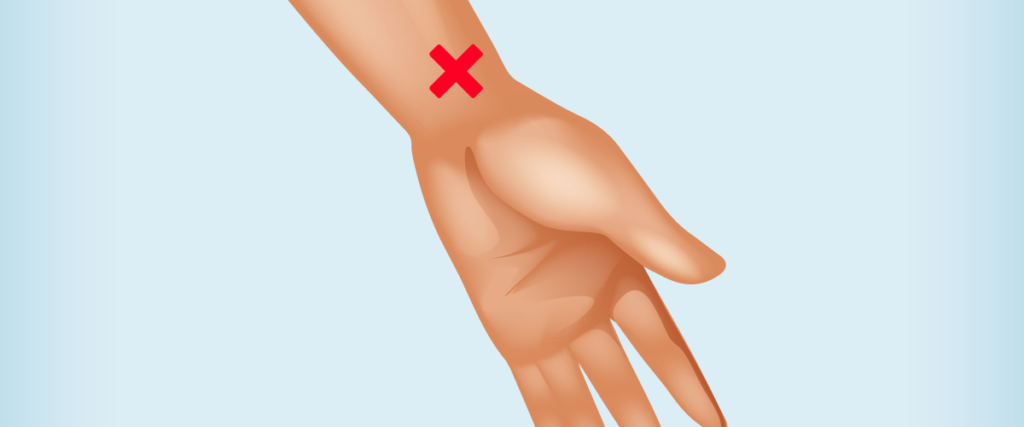
Located on the inner side of the wrist, just below the base of the thumb. To assess the radial pulse, RNs should:
Use their index and middle fingers.
Apply gentle pressure without using the thumb to avoid pressing too hard.
Count the number of beats in 60 seconds for an accurate heart rate measurement.
Brachial Pulse (Inner elbow)
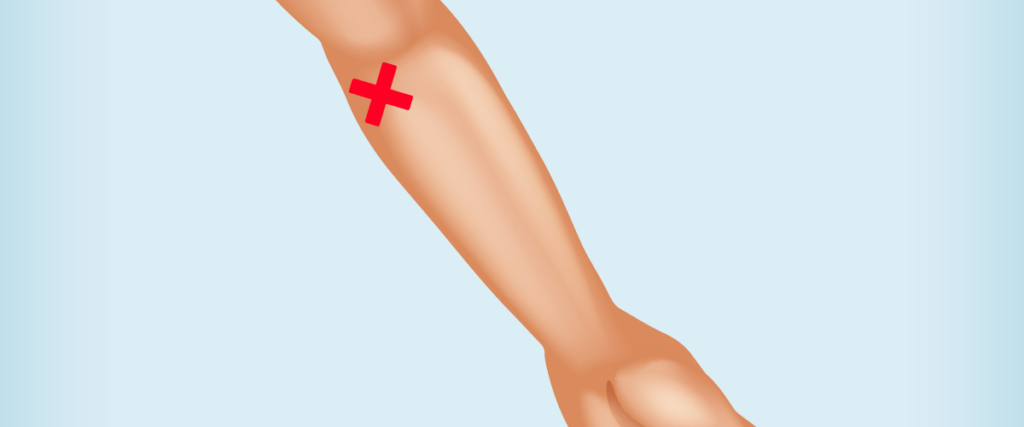
Carotid Pulse (Neck)
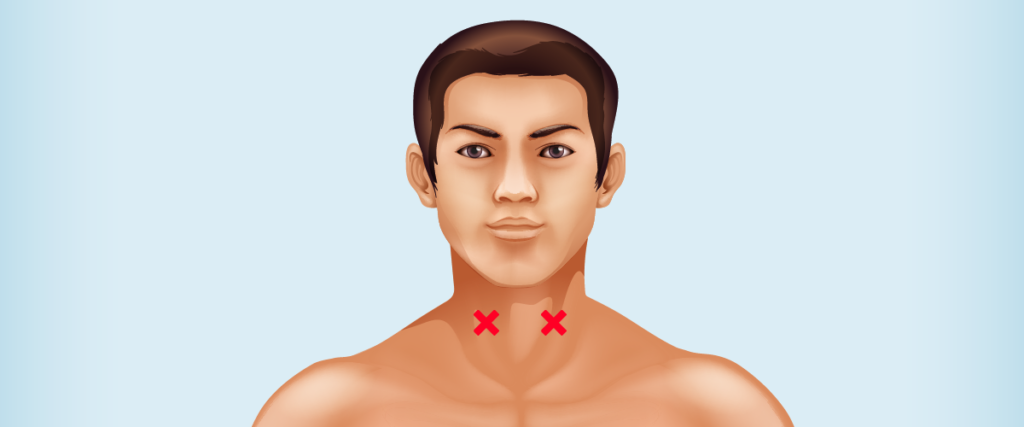
Located in the carotid artery on both sides of the neck, near the trachea. Be cautious when assessing this pulse point, as excessive pressure can cause discomfort or even lead to fainting.
Femoral Pulse (Groin)
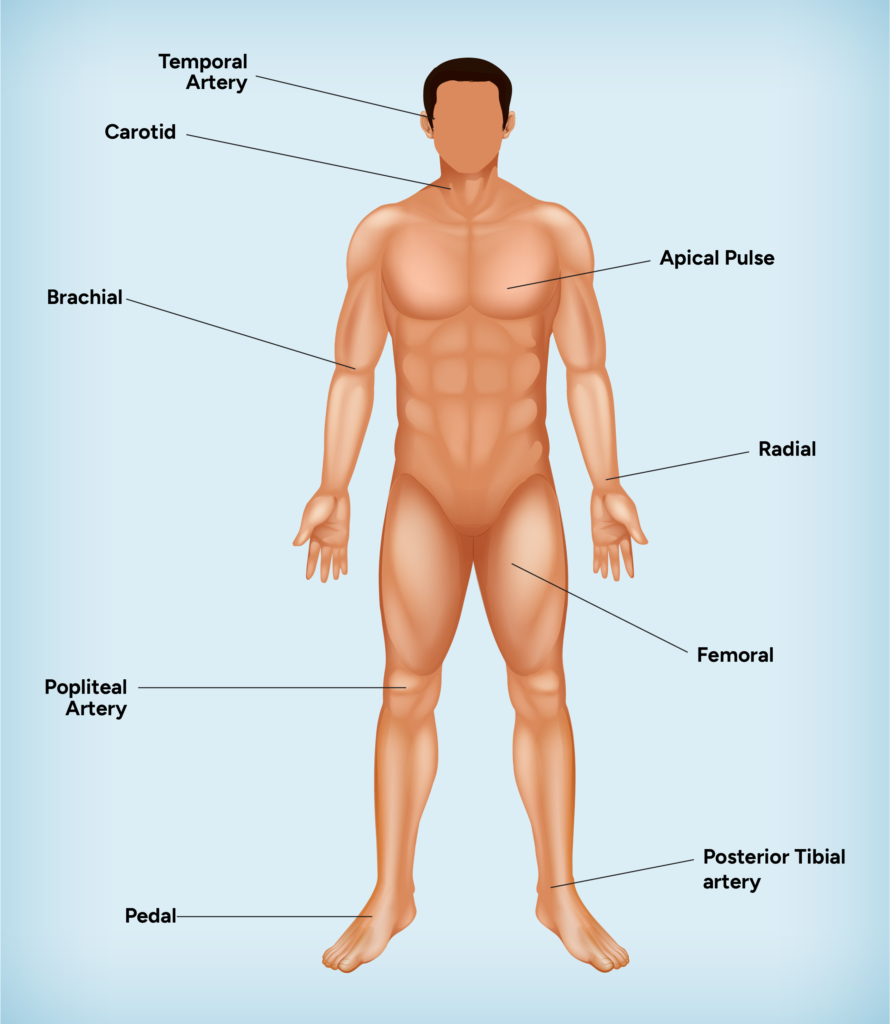
Positioned in the crease at the top of the thigh near the groin. Assessment of the femoral pulse is crucial during emergencies like cardiac arrest or trauma.
Popliteal Pulse (Behind the knee)
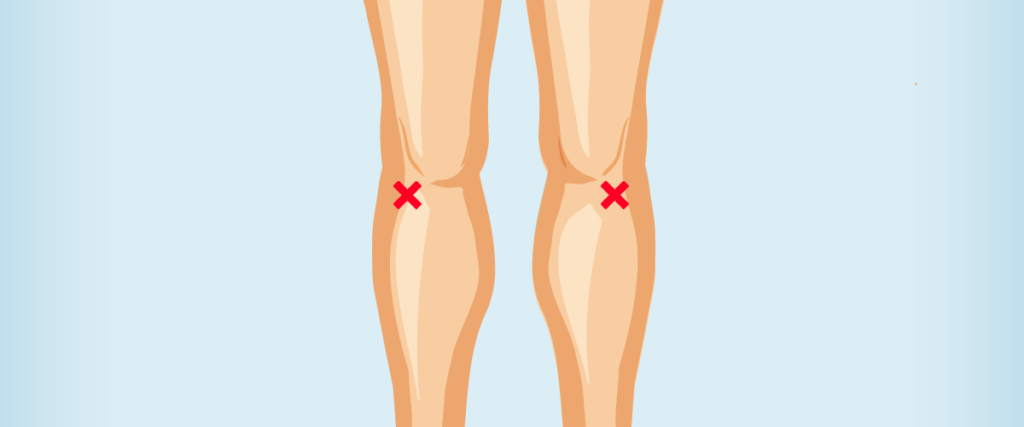
Found behind the knee in the popliteal fossa. The popliteal pulse is assessed with the patient in a prone or supine position, with the knee slightly flexed.
Dorsalis Pedis Pulse (Foot, dorsum)
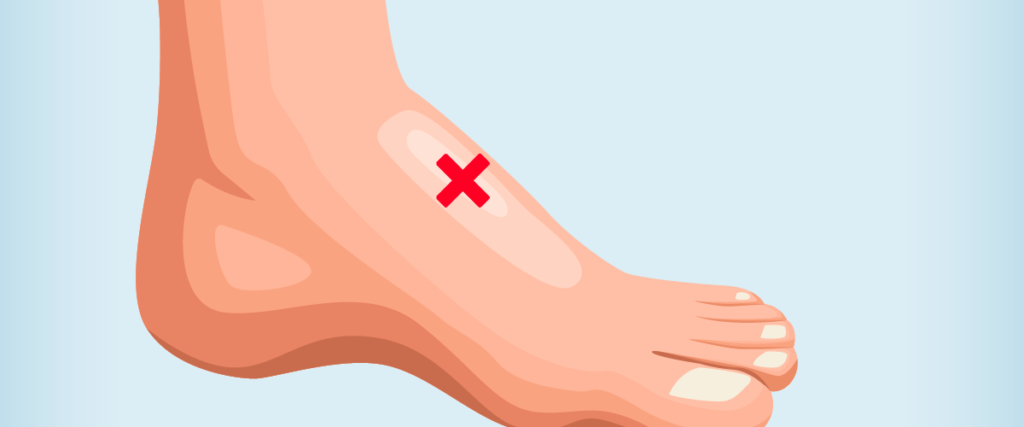
Posterior Tibial Pulse (Ankle, posterior)
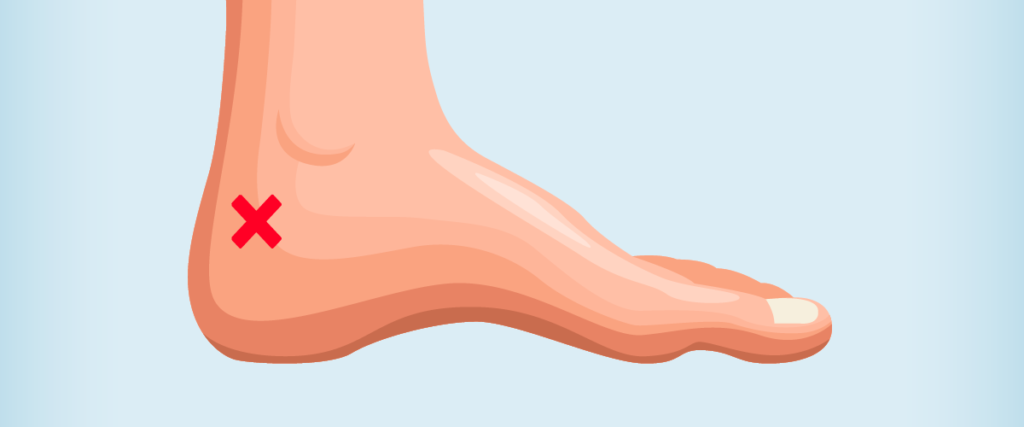
Positioned on the inner side of the ankle, just behind the medial malleolus (the bony prominence on the inside of the ankle). Assessing the posterior tibial pulse is essential in evaluating peripheral circulation in the lower leg and foot.
Temporal Pulse
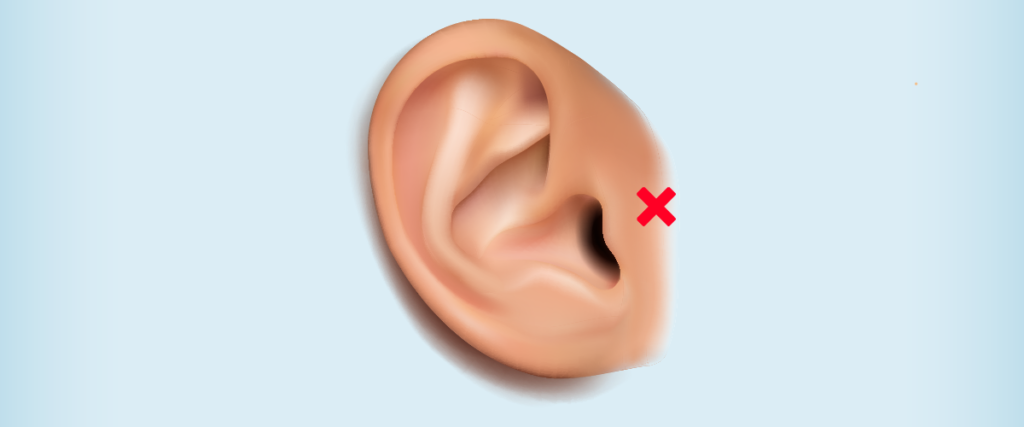
Found on the temple area, in front of the ear. Assessment of the temporal pulse can be important when evaluating cerebral blood flow in specific clinical scenarios.
Apical Pulse (Apex of the heart)
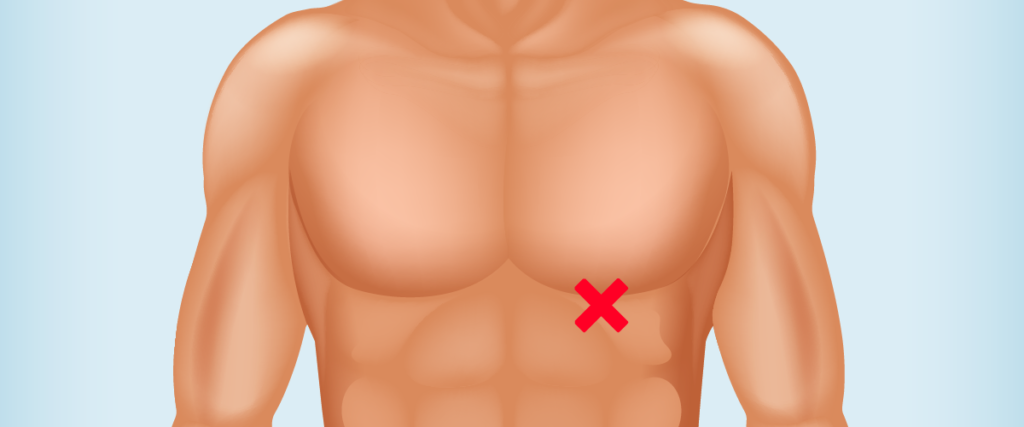
Located at the fifth intercostal space, midclavicular line, on the chest. The apical pulse is assessed using a stethoscope and provides a direct measure of the heart rate and rhythm. It’s particularly important in assessing cardiac function and is commonly used in infants and children.
When assessing these pulse points, RNs should:
Use gentle, consistent pressure to feel the pulse.
Note the rate (number of beats per minute), rhythm (regular or irregular), and strength (bounding, weak, or normal) for proper pulse assessment.
Document the findings accurately in the patient’s medical record.
Compare pulse measurements on both sides of the body to check for any discrepancies.
Pay attention to any abnormalities or changes in pulse characteristics, as they can indicate various medical conditions or emergencies.
Conclusion
Regular and accurate pulse assessment is vital for monitoring a patient’s cardiovascular health and providing appropriate care. Moreover, it helps nurses detect irregularities and make informed decisions about treatment and interventions.
If you are a RN who always makes the right pulse assessment, try SkillGigs. SkillGigs is an AI-based talent marketplace, offers the latest jobs to registered nurses. Nurses can search for jobs based on their experience level and city preferences, among other things. Also, most of the jobs on our platform offer competitive pay and candidate can bid on the ones that offer them most money. Click on this link to find all the latest contractual and permanent job opportunities for registered nurses.





